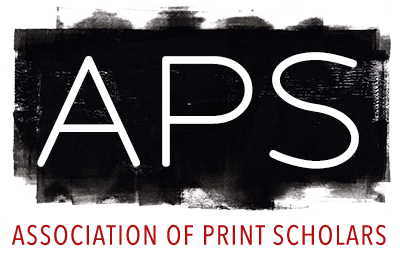The Envy of some, the Fear of others, and the Wonder of all their Neighbours: Seventeenth-Century Foreign Insights on Dutch Art
No individual or collective identity can be built without explicit or implicit comparison to others. Shared identities consist of a process of identification with an “us” (Mead 1934; Parsons 1968; Erikson 1968) or with an “imagined community”, assuming a set of cultural values and models (Anderson 1983; Smith 1986). However, identities are also rooted in what distinguishes them from other cultural communities, through self-recognition in the judgment and perception of outsiders (Goffman 1961; Hewitt 1976).
Through specific case studies, we would like to emphasize the complexity and diversity of this “outsider’s gaze”. How did foreigners perceive, react to and interact with Dutch art, artists and the art market? And how did the Dutch incorporate these external insights in their visual culture? These foreign perspectives in themselves were diverse depending on the country of origin – Italy, France, Spain, the Holy Empire (including the Spanish Netherlands), England, Sweden, Japan, Ottoman Empire, etc. – as well as on individual backgrounds – artists, collectors, dealers, religious people, politicians, authors, theorists, etc.
The conference will also provide an opportunity to present Visiting the Golden Age. This database, constructed by the members of the project and hosted by the RKD in The Hague.
We invite contributions that address, but are not limited to, the following aspects:
Dutch Artists
• How were Dutch artists perceived in the seventeenth century?
• Which masters were part of the image of Dutch art abroad and in what way?
• To which past or present masters are the Dutch artists compared?
• What is the role of art literature and artist mobility in these dynamics?
Dutch Artworks
• What qualities or flaws are associated with Dutch artworks (painting, engraving, drawing, sculpture, architecture, etc.)?
• Did these considerations depend on the outsiders’ social status or geographical origin?
• How was the diversity of artistic genres, one of the hallmarks of seventeenth-century Dutch production, perceived by foreign artists, collectors, agents and merchants?
• Through what means did foreigners get to know Dutch art (engravings, exports, testimonies, networks, etc.)?
• What place did Dutch history paintings, central in foreign artistic production, occupy in these discourses?
Dutch Artistic and Economic Practices
• To what extent is the Dutch artistic situation compared to that in other countries? And, if so, which aspects are underlined and what are the arguments put forward to mark the similarities or differences?
• Do outsiders perceive a specifically Dutch model in the workshop organization, the kinds of artistic production or the merchant networks?
• How did they react to technical, iconographical, and other Dutch artistic innovations?
• How were they involved in the Dutch art market and how did they perceive it?
• Are Dutch art and artists treated as a coherent and recognizable group (“school”) or can we identify an awareness of regional differences?
Proposals
Each paper will be 20 minutes long. Presentations and discussions will primarily be in English. Proposals should consist of a title and an abstract (max. 250 words), a bibliography related to the subject and a CV. Please send your proposal to angela.jager@unige.ch before 15 September 2021. Invited speakers will be notified by mid-October 2021. A peer-reviewed publication on the conference’s topic is planned.
Travel and accommodation expenses will be covered for all presenters. In case of travel restrictions, online participation will be made available. You are welcome to contact the organizers if you have any questions concerning the conference and this call.

Leave a Reply
You must be logged in to post a comment.